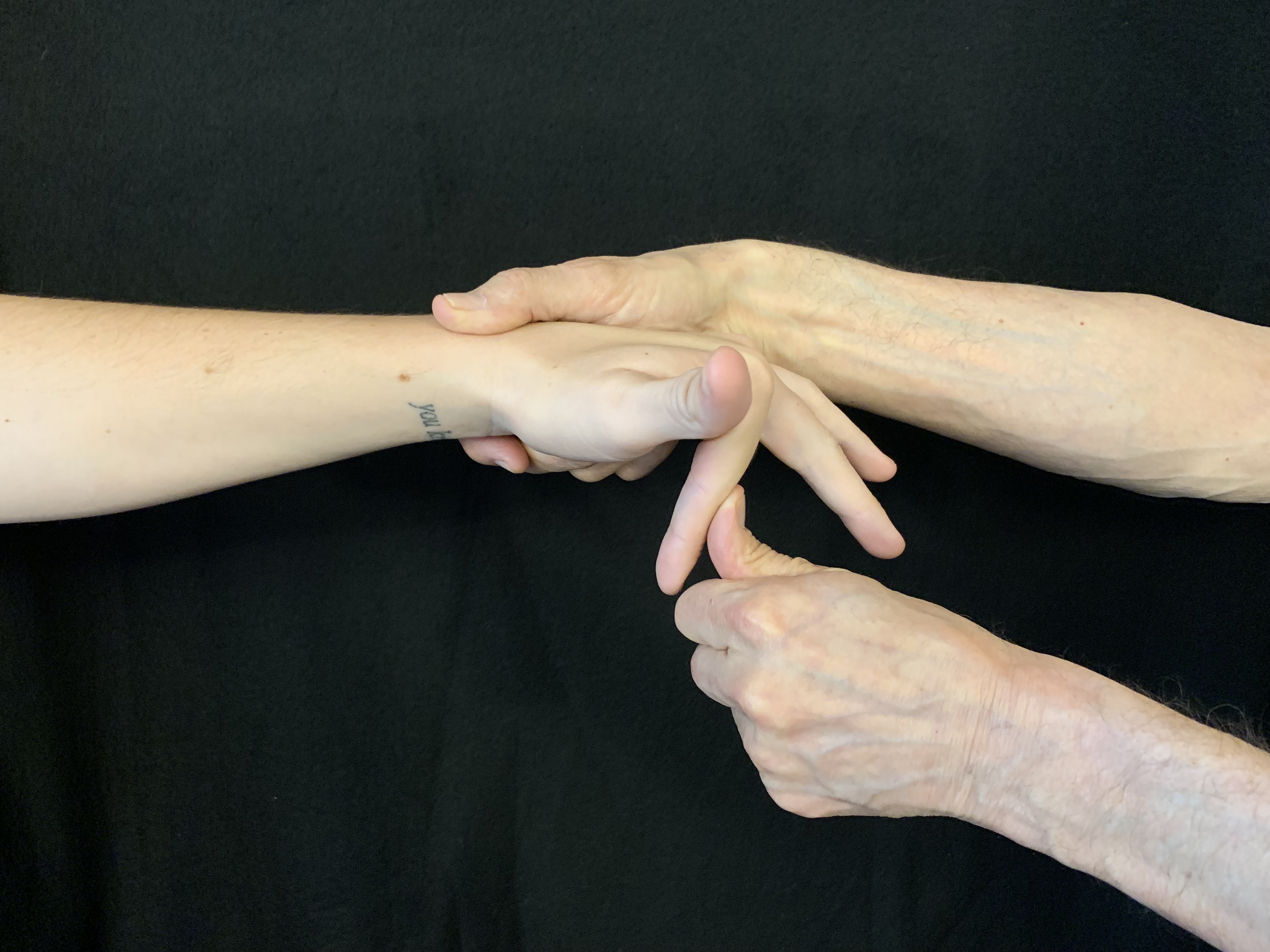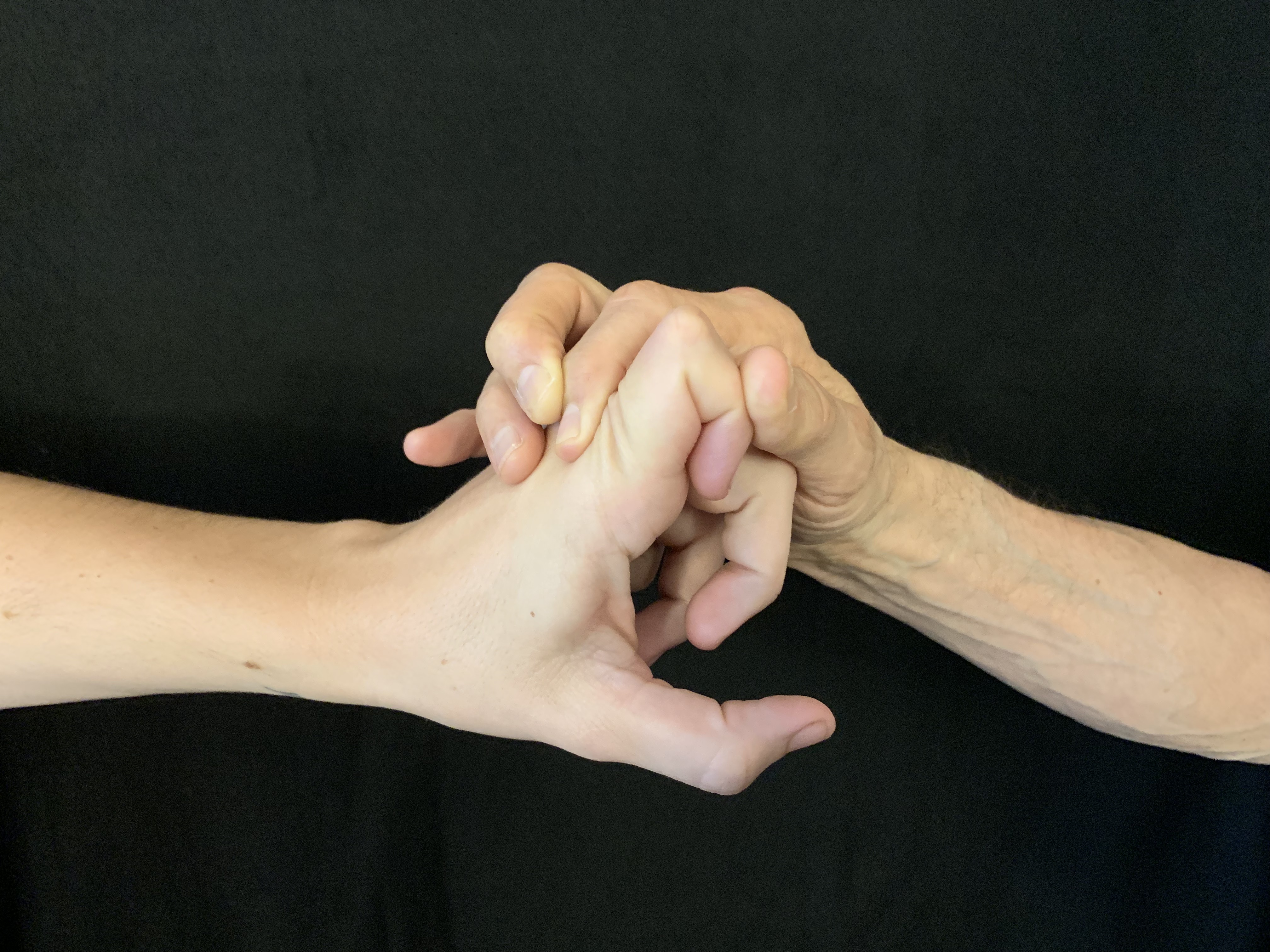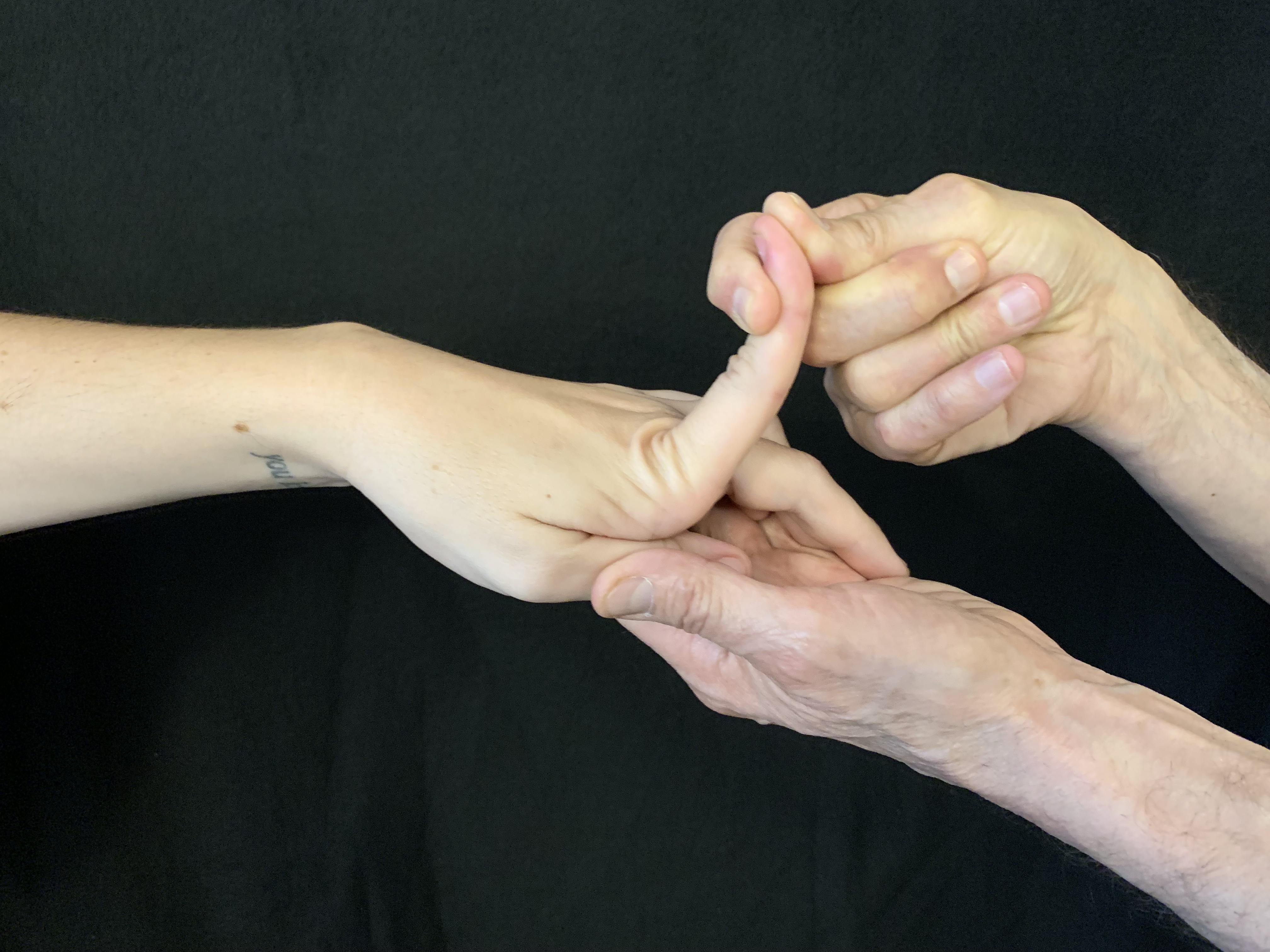6 Assessment Tests for the Joints of the Fingers
By
Ben Benjamin,
PhD
December 16, 2019
6 Assessment Tests for the Joints of the Fingers
By
Ben Benjamin,
PhD
December 16, 2019
Each of your fingers has three joints, all of which should have full range of motion, without any pain at the end of each range of motion. Still, joint pain is a common problem, for both massage therapists and some of their clients. There are some simple assessments you can perform with clients who are experiencing joint pain in their hands. Learning to do each assessment on yourself is a good place to start because then you’ll become sensitive to how much pressure to use with your clients. All of these tests are done passively, so be sure your client relaxes their hand and lets you do all of the work.
Passive Flexion of the Distal Interphalangeal (dip) Joint
1.Place your right thumb on the tip of your client’s left index finger and place the pad of your right index finger on the middle or PIP joint of their index finger.
2.Now, squeeze gently to put stress on the distal joint. There should be a range of between 80 and 90 degrees, and there should be no pain.
Use this same test for all four fingers, excluding the thumb. When this test is positive, range of motion is limited and painful.

Passive Extension of the Distal Interphalangeal (dip) Joint
1.Place your index finger at the posterior portion of the clients distal or DIP joint and place your thumb pad on the tip of the person’s index finger.
2.Now, while stabilizing the joint with your index finger, press the joint into extension with your thumb. There should be 10 to 20 degrees of motion that is pain free.
If there is pain or limitation, the test is positive.

Passive Flexion of the Proximal Interphalangeal (pip) Joint
1.Place your thumb pad on the client’s distal joint and your middle finger on their metacarpophalangeal (MCP) joint.
2.Now, squeeze your fingers together into flexion to put pressure on the client’s middle joint. Full range of motion is at least 100 degrees and sometimes 130 degrees. There should be a full range of motion with no pain.
If there is pain or limited of movement, the test is positive.

Passive Extension of the Proximal Interphalangeal (pip) Joint
1.Place your index finger on the posterior aspect of the person’s middle or PIP joint.
2.Now, place your thumb on the anterior portion of the persons DIP or distal joint of the index finger and while stabilizing the middle joint with your index finger, apply moderate pressure at the distal joint with your thumb so that you are forcing the PIP joint into slight extension. It should not move at all, unless the person is hypermo- bile, and there should not be any pain.
If there is pain or limited movement, the test is positive.

Passive Flexion of the Metacarpophalangeal (mcp) Joint
1.Place your thumb on the client’s PIP joint (the one you just got finished testing in flexion) and gently move the MCP joint into full flexion. There should be 90 degrees of motion at this joint.
If there is pain or limitation, the test is positive.

Passive Extension of the Metacarpophalangeal (mcp) Joint
1.Place your index finger at the posterior aspect of the clients most proximal or MCP joint.
2.Then, place the pad of your thumb at the anterior portion of the DIP or distal joint and while stabiliz- ing with your index finger at the back of the proximal joint, press the finger into extension with your thumb. There should be between 80 and 90 degrees of range of motion and no pain or limitation on this movement.
If there is pain or limitation, the test is positive.
Check out these related articles: